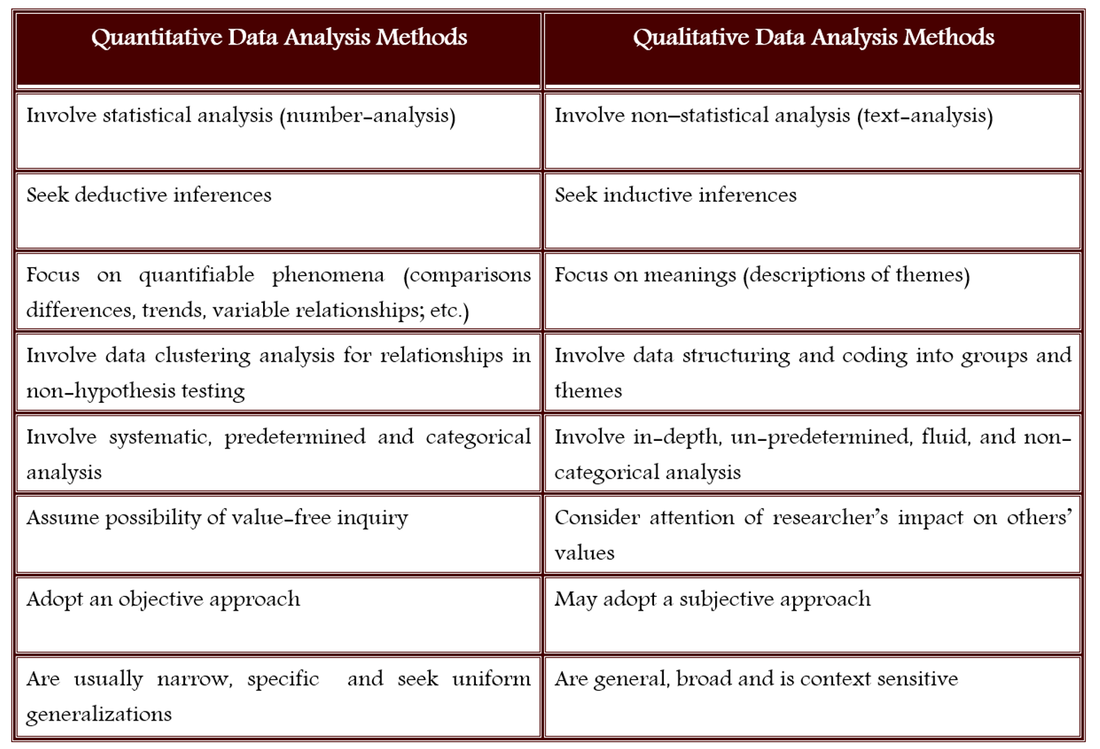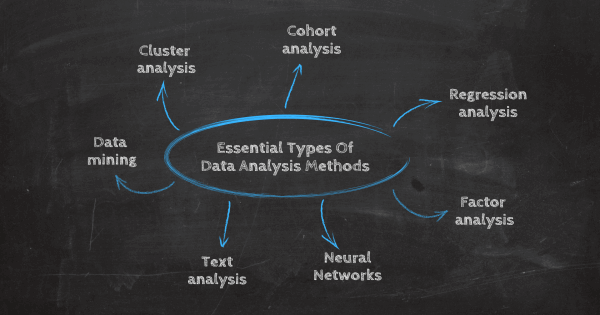
It predicts the likelihood of an event, forecasting any measurable amount, risk assessment, and segmenting customers into groups. 3. Predictive Analysis: What is likely to happen?Īfter detecting the root cause of the problem and understanding the causal relationship between the variables, one would want to know if the event is likely to happen again? Predictive analysis is all about that. It can be applied to determine which factors led to improvement in sales. And the factors that affect the business. It separates the root cause of the problem and identifies the source of the patterns. Diagnostic analysis helps dig further by creating detailed, informative, dynamic, and interactive dashboards to answer that. Diagnostic Analysis: Why has it happened?Īfter identifying what has happened, the next logical step in the process is to find the answer to why something has happened. It is useful for generating reports, tracking Key Performance Indicators (KPIs), sales leads, and revenue reports.

This analysis helps understand how the data is present and does not make any predictions or answers why something has happened. It captures and summarizes the past using measures of central tendency, measures of dispersion, visualizing using dashboards. The foundation step simply looks at the past data and tells what has happened in the past. Descriptive Analysis: What has happened?ĭescriptive Analysis, as the name says, describes the data. There are several data analysis tools available.

It is to understand and discover the relationships between the variables present within the data. Exploratory data analysis is a huge part of data analysis. This process of ordering, summarizing data is also to get answers to questions to test if the hypothesis holds. It helps in driving meaningful insights, form conclusions, and support the decisions making process.

It is a methodical approach to apply statistical techniques for describing, exhibiting, and evaluating the data. The data analysis aims to unearth patterns or regularities by observing, exploring, organizing, transforming, and modeling the collected data. What is Data Analysis?ĭata analysis is described “as the process of bringing order, structure, and meaning” to the collected data. With its decade of experience in providing meticulous, practical, and tailored learning, AnalytixLabs has proficiency in making aspirants “industry-ready” professionals.
#Different data analysis methods professional#
Offering a wide range of data analytics courses, including detailed project work that enables individuals to be fit for the professional roles in AI, Data Science, and Data Engineering. Being led by a team of IIM, IIT, ISB, and McKinsey alumni, the institute is tenth year.

In this article, we shall explore data analysis, data interpretation, the types of data analysis, what methods are available for data interpretation, and why data analysis and interpretation are important. These two are entirely different processes and also follow a chronology in the life cycle of data science. Some of us may have thought these terms are synonyms of each other. The two most important steps in this ladder are Data Analysis and Data Interpretation. These chunks of information can be hard to understand in their crude form and cannot be directly fed into the algorithms. The raw piece of information has a journey of its own before it converts into insightful data. Data, as we know, is available to us in the raw form of information.


 0 kommentar(er)
0 kommentar(er)
